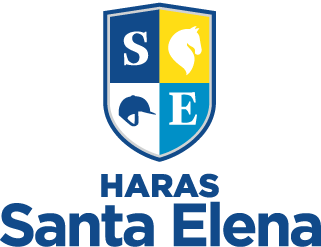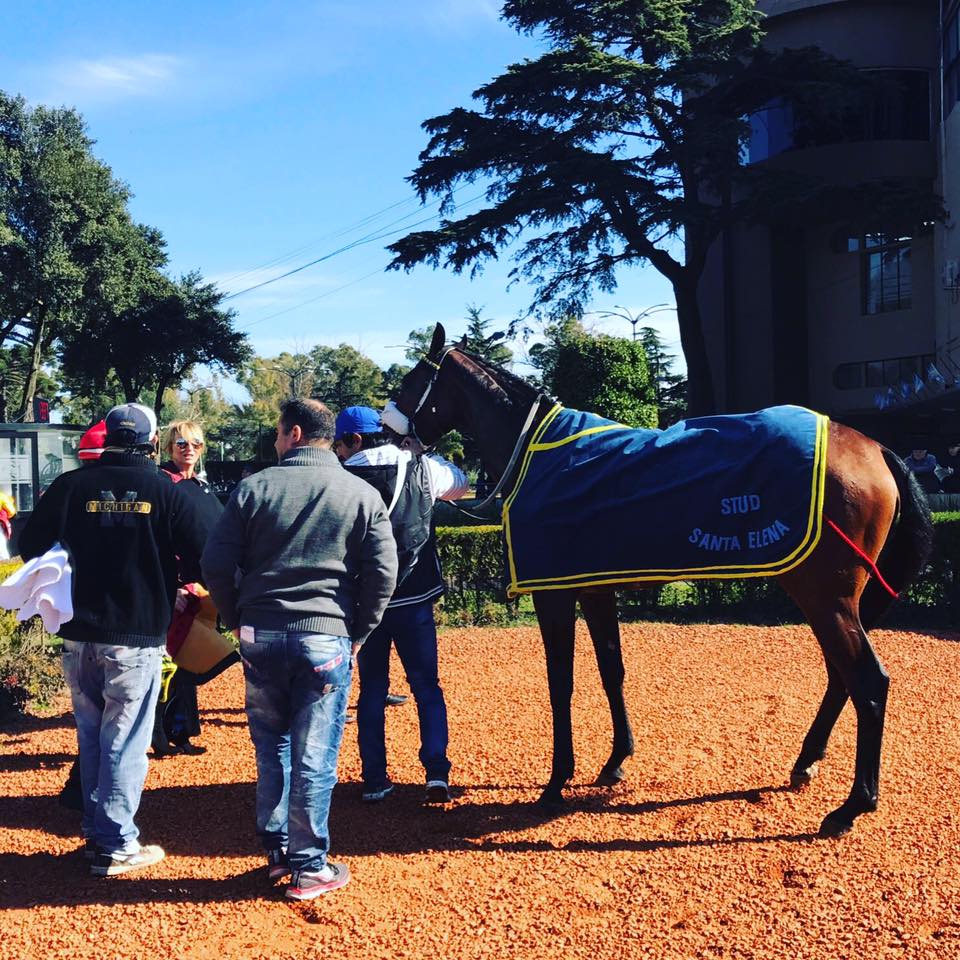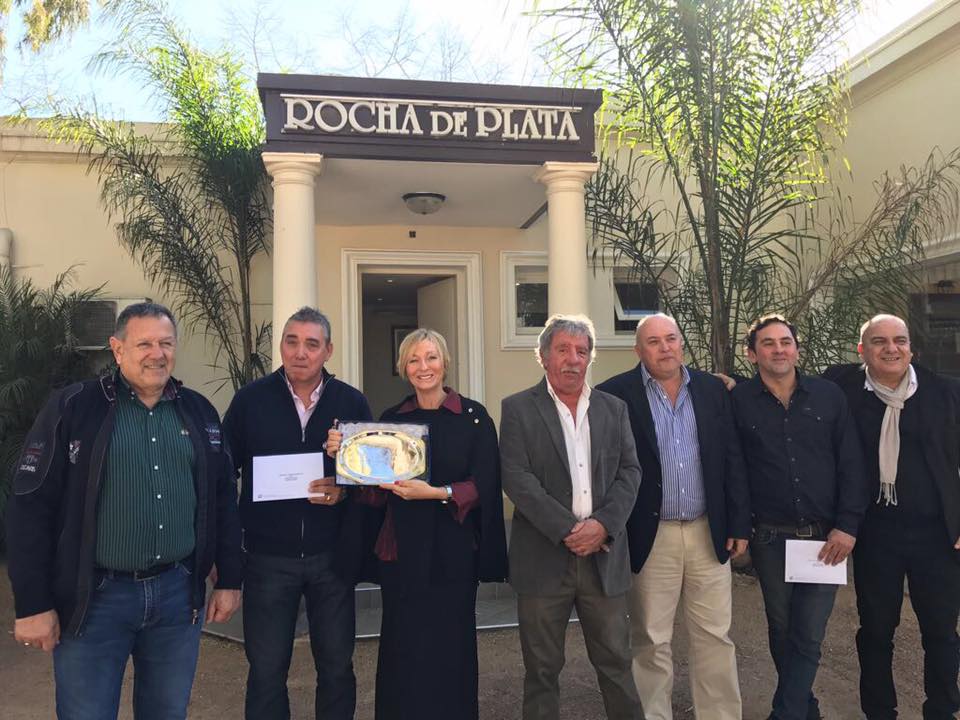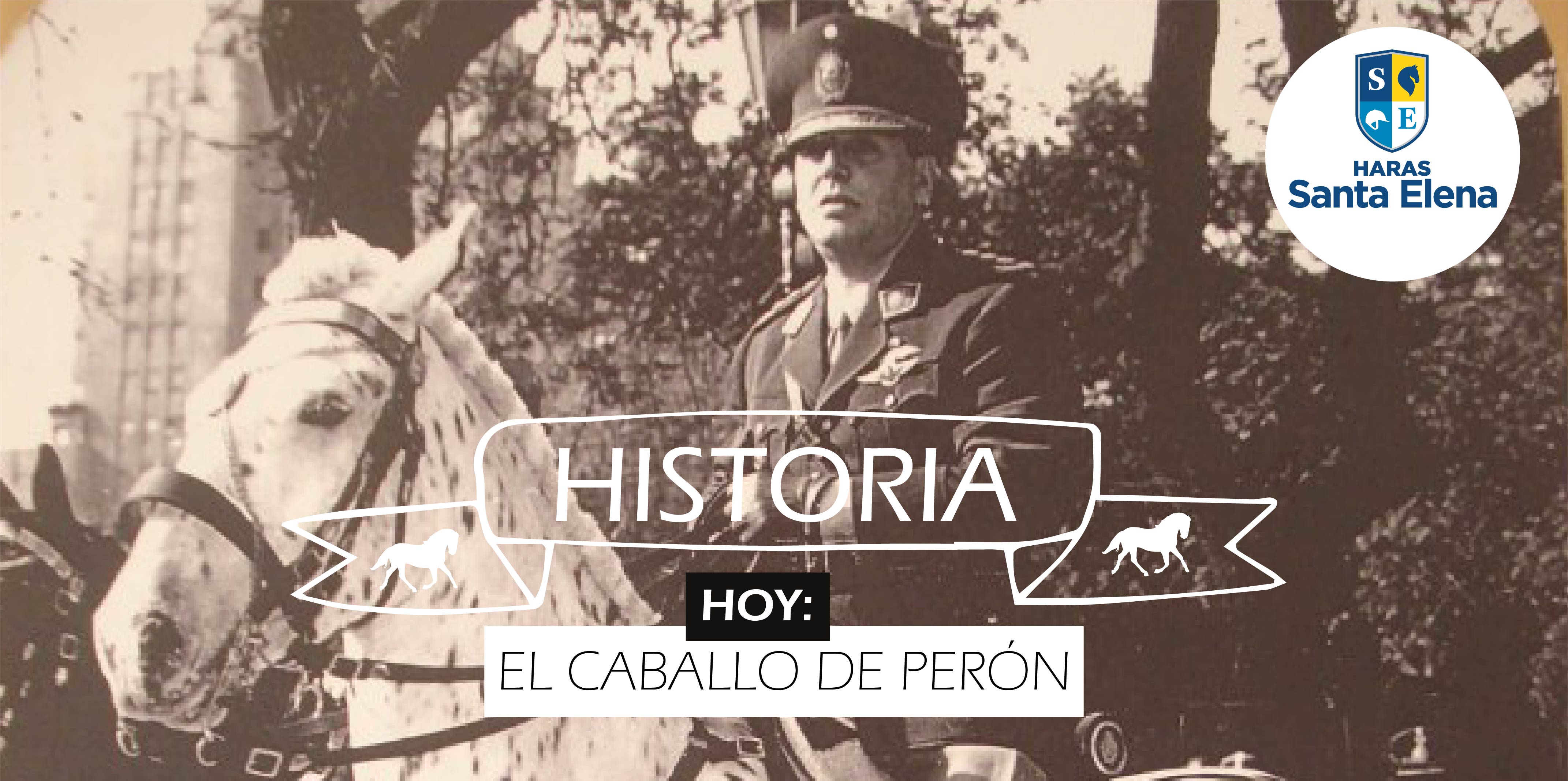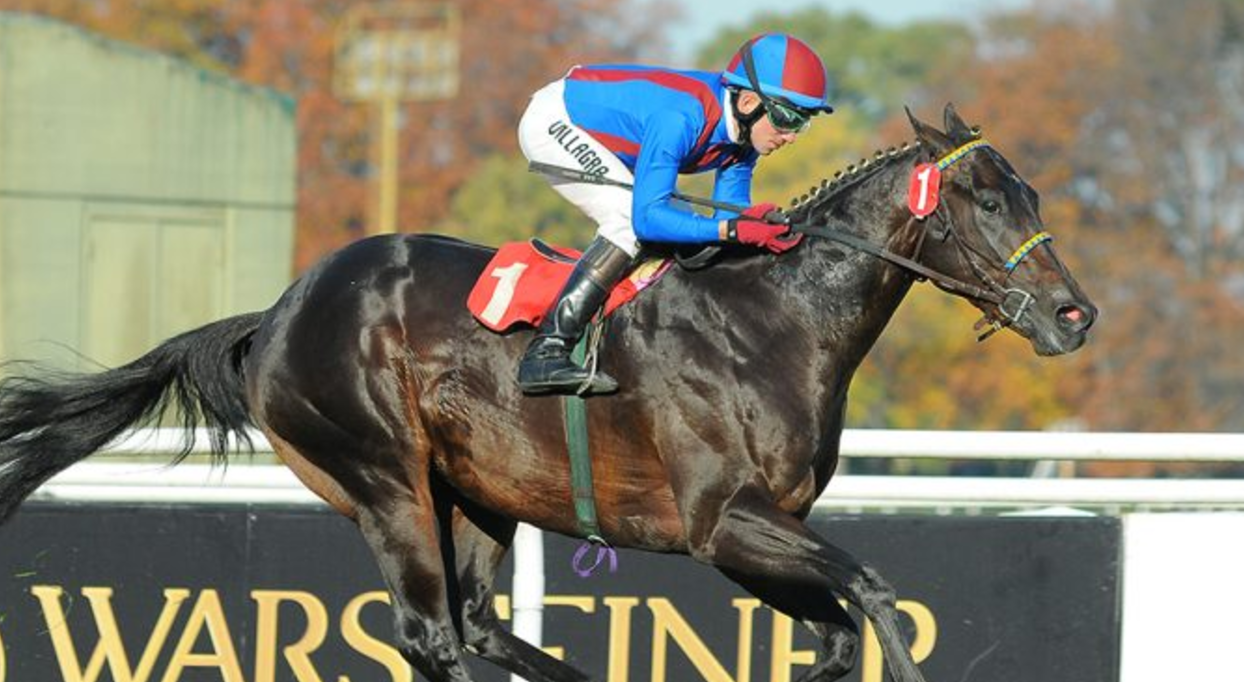Caligula was at the head of the Roman Empire during the years 37-41 of our era. A serious illness of the emperor, shortly after coming to power, which would have been the reason to explain the true image of this cruel ruler. And one of his greatest delusions led him to worship to the extreme to a horse named Incitatus (impetuous)
Of Hispanic origin, the original name of the stallion was Porcellus (pig), appellative that the emperor considered improper. Such was Caligula’s admiration for his equine mascot that he was appointed as consul of Bithynia (northern territory of Turkey) in an attitude of clear contempt for the institutions and senators of Rome during his reign rather than for his insanity.
Incitatus was a racehorse that got to participate in the competitions celebrated in the hippodrome of Rome. To ensure that the horse was rested, the night before the race Caligula decreed a general silence in Rome that no citizen could violate under pain of death. She even slept with him.
If the animal was nervous at the beginning of the competition, the emperor sent a cohort of his praetorian guard to a certain district of Rome with the intention of punishing whoever dared to disturb his rest. Several sources say that Incitatus only lost a race in his life, after which the insane emperor ordered the death of the winning charioteer.
Caligula ordered to build a marble stables with ivory cribs for his exclusive use. Later, he gave him a whole villa with his gardens and 18 servants at his disposal to take care of him. He also erected an ivory statue in his honor. Incitatus fed on oat flakes mixed with gold. At dinner, the emperor offered him wine served in golden cups and delicacies like mice, squid, mussels and chicken. He even found a wife for her. But she was not a mare to use as one might suppose, but a woman named Penelope, who belonged to one of the noblest families in Rome.
The horse worshiped by the emperor wore purple tints, the most expensive, and always appeared in public decked with jewels and precious stones. Caligula considered Incitatus as «a combination of all the gods» and worshiped him as such. There was no doubt about it. His delirium led him to be killed by the praetorian guard in the year 41, and to the end of the mad emperor, Incitatus also breathed his last breath.
Source: http://ow.ly/wpwZ30dn4Mr
